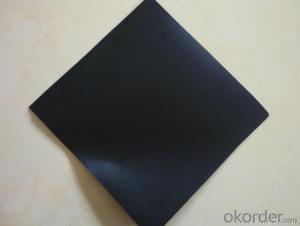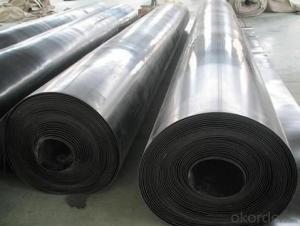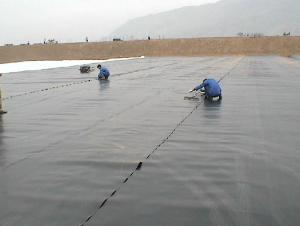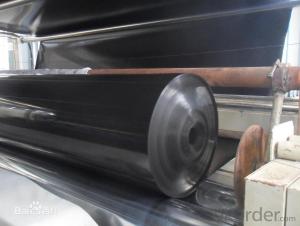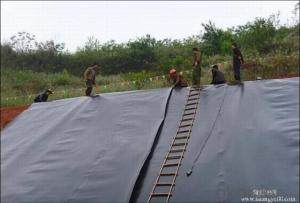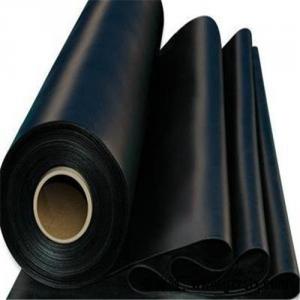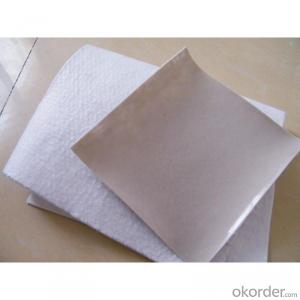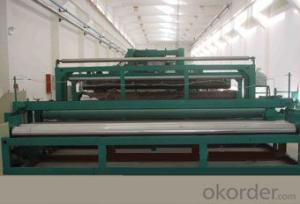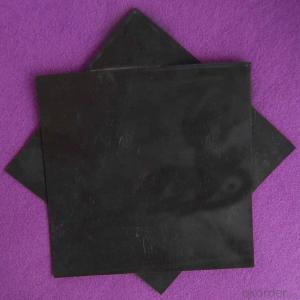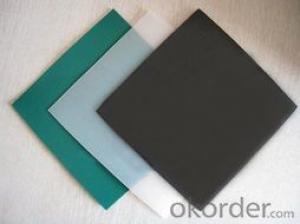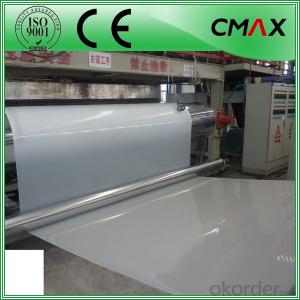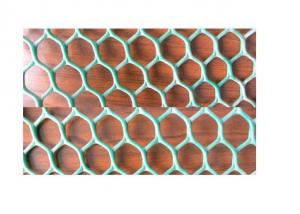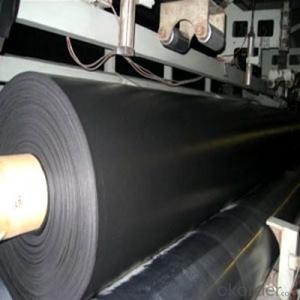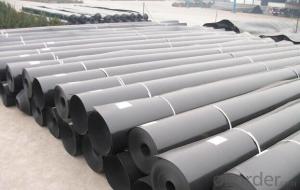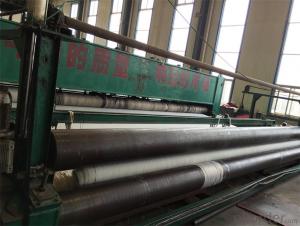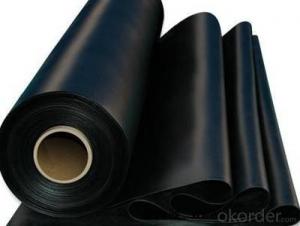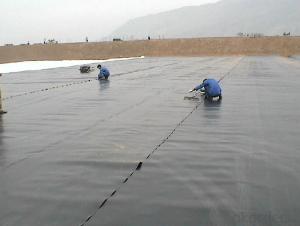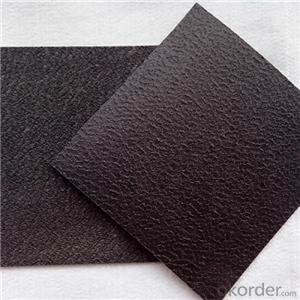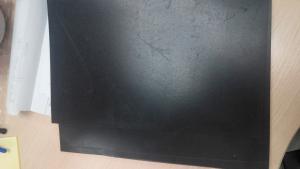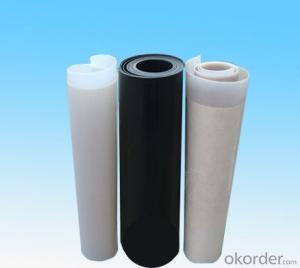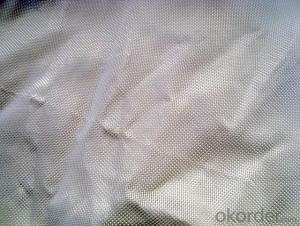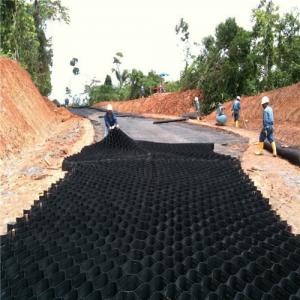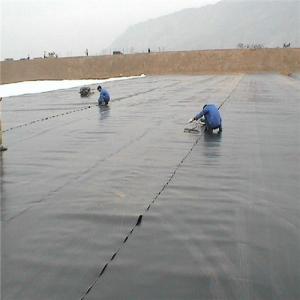Hdpe Geomembrane Sheet
Hdpe Geomembrane Sheet Related Searches
Hdpe Geomembrane Sheet Price Geomembrane In Hdpe Geomembrane Hdpe Hdpe Geomembrane Machine Hdpe Geomembrana Geomembrana Hdpe Gse Hdpe Geomembrane Geomembran Hdpe Geomembrana In Hdpe Hdpe Textured Geomembrane Hdpe Geomembrane Specifications Geomembrana De Hdpe Wholesale Geomembrane Hdpe Wholesale Hdpe Geomembrane Hdpe Smooth Geomembrane Hdpe Geomembrane China Hdpe Geomembrane Hs Code Hdpe Membrane Hdpe Geomembrane Welding Reinforced Hdpe Geomembrane Hdpe Geomembrane Installation Wholesale Hdpe Geomembrana Solmax Geomembrane Hdpe Hdpe Geomembrane Price Solmax Hdpe Geomembrane Jual Geomembrane Hdpe Hdpe Geomembrane Cost Hdpe Geomembrane Self Adhesive Daftar Harga Geomembrane Hdpe Geomembrana Hdpe 2mmHdpe Geomembrane Sheet Supplier & Manufacturer from China
HDPE geomembrane sheet is a type of high-density polyethylene material that is widely used for various applications due to its durability and resistance to chemicals, UV radiation, and punctures. This versatile product is known for its impermeable nature, making it an ideal choice for lining applications in landfills, reservoirs, and other containment structures.The HDPE geomembrane sheet is commonly utilized in civil engineering projects, environmental protection, and water management systems. It is particularly effective in scenarios where water retention or pollution control is a concern, such as in the construction of fish ponds, water treatment facilities, and irrigation canals. Additionally, its flexibility and ease of installation make it a popular choice for landscape design and erosion control.
Okorder.com is a reputable wholesale supplier of HDPE geomembrane sheet, offering a vast inventory to cater to the needs of various industries and projects. With a commitment to quality and customer satisfaction, Okorder.com ensures that each HDPE geomembrane sheet meets the highest standards of performance and reliability.
Hot Products


